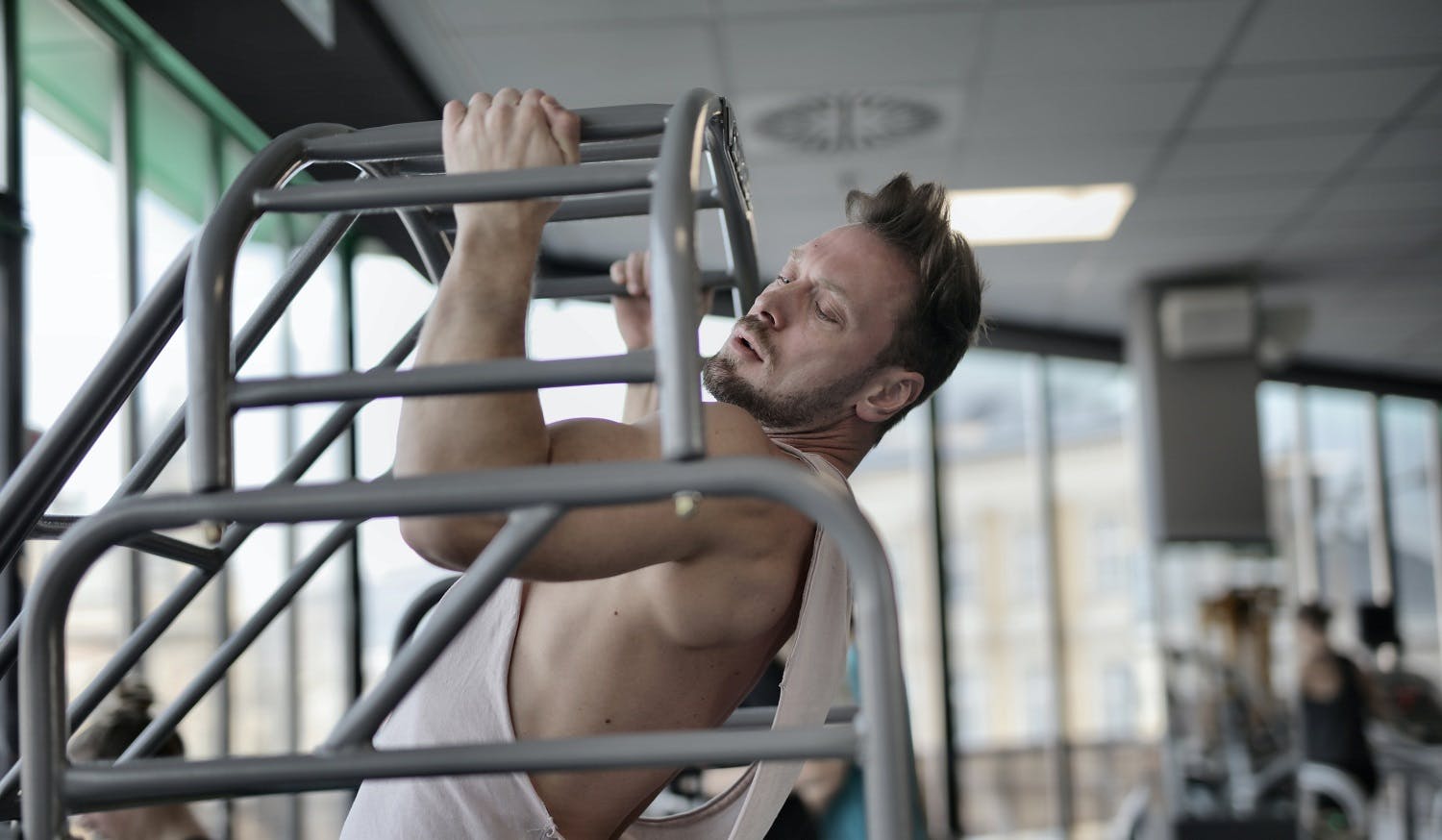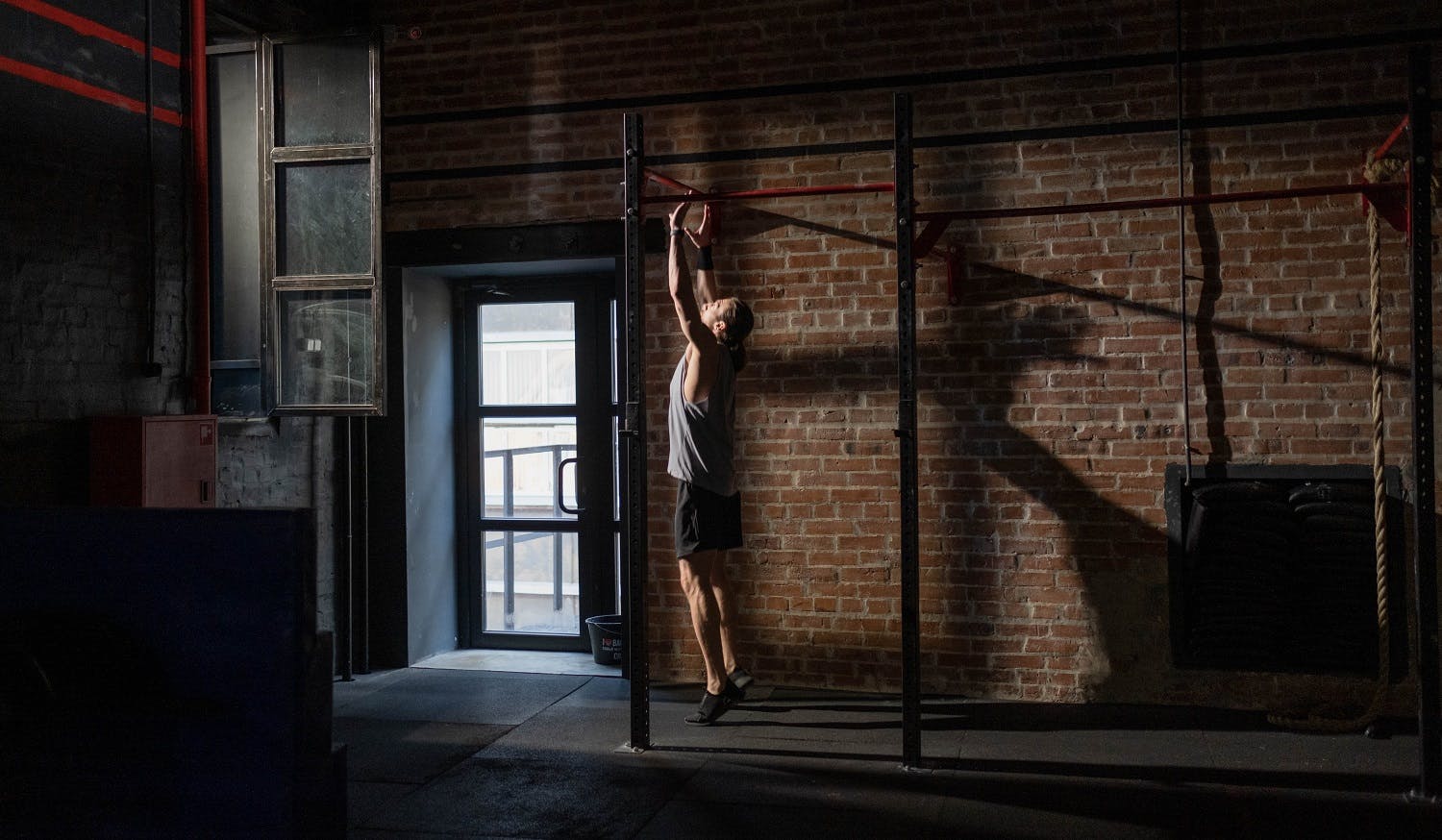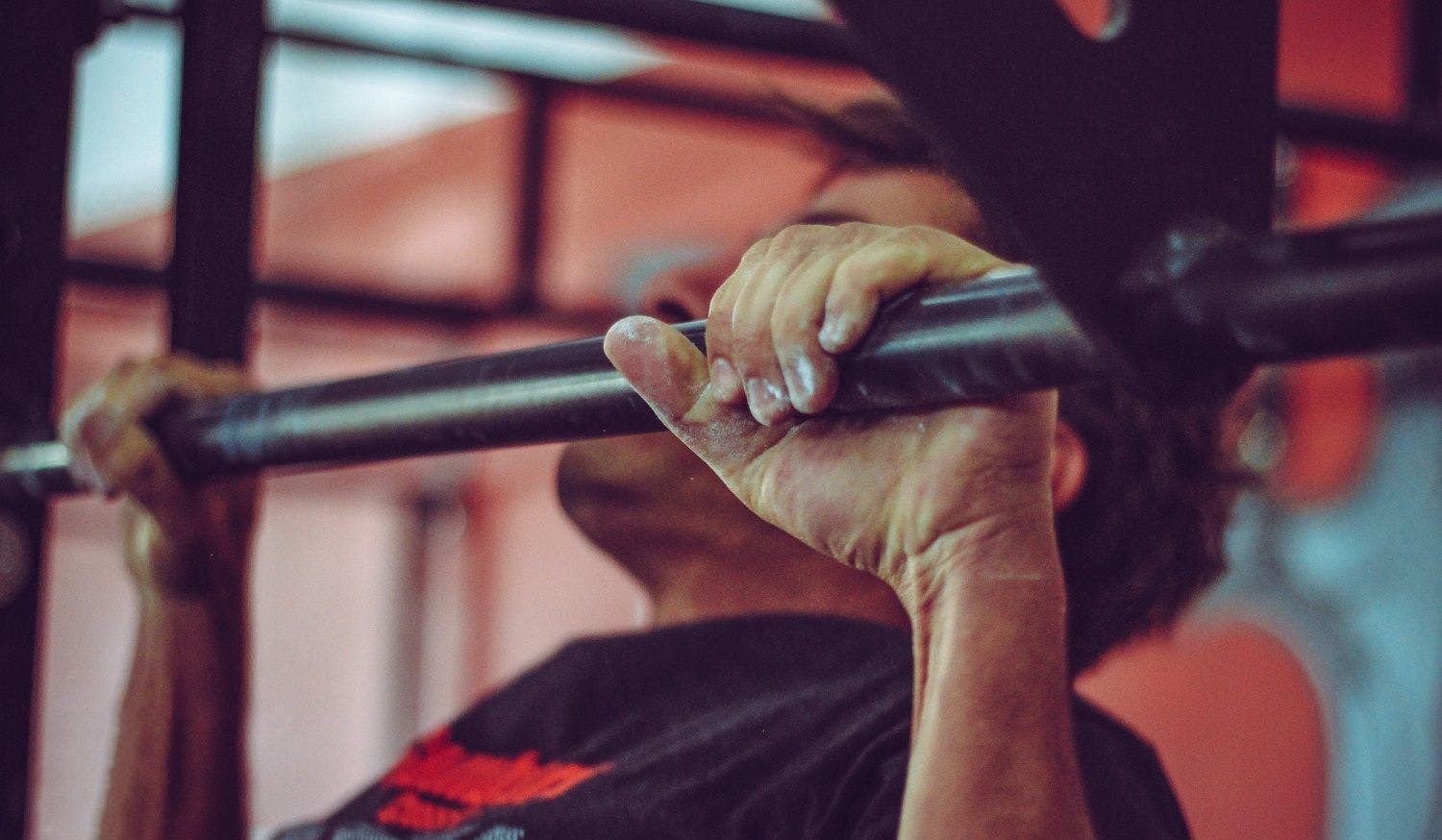Exercise and Its Benefits
Exercise is vital to our health and the benefits of it go way beyond our bodies. It will positively impact your brain health, weight management, risk of disease, strengthen bones and muscles, and your ability to do everyday activities. However, improper execution of exercise can lead to an injury.
A proper form when doing a pull-up is necessary as it will strengthen your back and arms while also strengthening your core muscles which support your spine. It will help you with back pain and improve your posture and weight loss by burning more calories than just running or jogging would do.

Why Do You Need To Perform Pull-Ups Correctly?
Pull-ups are considered an advanced exercise, which is why proper execution is a must. They use so many muscles and you need to have holistic upper-body strength to perform them. Pull-ups require a proper form of technique to ensure that you're activating the right muscles and doing it accurately. Although they are more for upper body training it is also associated with your legs which are attached to your torso and arms. Improper execution may lose some of your strength and balance. This can drain your energy and will make you prone to injury.
Why Are Pull-Ups Important?
Pull-ups can greatly improve body strength and even improve your health. It is one of the most effective exercises for strengthening the back muscles, arm, and shoulder muscles. If you aim to improve your strength in these areas, you should perform pull-ups regularly. Pull-ups also improve grip strength. Grip strength is important in your everyday life for performing tasks such as lifting heavy materials, carrying groceries, shoveling, and walking your dog on a leash.
Pull-ups are foundational strength training exercises that can help you build muscle strength. When you perform pull-ups you're lifting your entire body mass with the movement, which improves fitness and overall body strength. It can also help reduce resting blood pressure and reduce pains and discomfort associated with arthritis. Moreover, pull-ups also contribute to the stability of mental health. A positive integration between strength and training can reduce depression, fatigue, and anxiety symptoms. It can also improve cognitive function and self-esteem.

How to Perform Pull-Ups the Right Way
To perform a pull-up, you start by hanging onto a pull-up bar with your palms facing away from you and your body extended fully. You then pull yourself up until your chin is above the bar. It may seem simple, but when fatigue kicks in, it can get hard. Let's dive a little bit deeper on key points for a good pull-up performance.
#1 - Make a Full Extension
Fully extend your arms so you are in a dead hang. Bend your knees and cross your ankles for a balanced position. Take a breath at the bottom. Exhale while pulling yourself up so your chin is level with the bar and pause at the top. Pull-ups are tough but half effort gives you half result. Keep your elbows extended and your shoulder relaxed slightly up to your ear. The pull-up is one of the most effective exercises for strengthening the back muscles. Pull-up works the following muscles of the back:
- Latissimus dorsi: the largest upper back muscle that runs from the mid back to under the armpit and shoulder blade.
- Trapezius: large triangle muscles extending over the back of the neck and shoulder and moving the head and shoulder blade.
- Thoracic erector spinae: a large and superficial muscle that lies just deep to the thoracolumbar and fascia and arises from erector spinae aponeurosis (ESA).
#2 - Engage Your Shoulders
In pull-ups, you need to engage first your shoulders by pulling your shoulder blades down and back so that your shoulders move down and away from your ears. This subtle movement will engage your back muscles. Shoulder or scapular strength exercises can promote healthy movement patterns and improve posture and muscle function. Moreover, retracting and depressing your shoulder keeps your lats fully engaged. Purposely pushing your shoulders back and down before starting your set of pull-ups will ensure that your lats stay engaged throughout. This can reduce the risk of experiencing pain and discomfort of movements during the set up which is one of the common complaints. If you find your back rounding forward, or your shoulder starts to shrug up towards your ears, you’re losing the retracted shoulder position that will allow you to lats more. Either reduce the load or number of reps in order to maintain a retracted shoulder within the entire set.
#3 - Take It Easy With Variations
Since this is a vertical pulling motion, you’re mostly using the same muscles for all pull-up variations. The main difference you’ll find among these different pull-up moves is in the intensity of the muscle contraction, and which muscles are being targeted. For example, a wide-grip pull-up will emphasize the outer portion of your back more than a close-grip pull-up, which emphasizes the middle of your back. Interspersing these variations in your workouts will build your lats, mid-back, rear delts, biceps, forearms, and core—and by recruiting different muscles, you’ll avoid overuse injuries, too.
Some pull-ups variations are kipping which nailing down the technique is a bit tricky because it’s such a highly technical movement, but this is an excellent (though brutal) anaerobic exercise for your upper body. Once perfected, kipping pull-ups are a great way to build strong lats, wide shoulders, and a powerful grip. Close-grip pull-up better emphasizes the muscles in your arms. On the other hand, the chin is the easiest variation of the pull-up and is performed with your palms facing toward you, in an underhand grip, this exercise allows the use of the biceps a little more and is definitely the first type of pull-up you should strive to master.
#4 - Watch Your Shoulders At the Top
When you perform pull-ups, but your chin can barely reach the bar, your shoulders tend to raise up to your ears and your neck curls inward. This is a common mistake that can lead to injuries. When reaching the top, you should be trying to put your shoulder blades together.
Chin over the bar is a great way to make your pull-up easier and more comfortable because it helps you build your shoulder strength. That means that when you eventually work on harder skills like pull-up variations or the legendary muscle-ups, you'll have more strength in your arms and shoulders and will be able to work at those angles without getting frustrated. We recommend holding a light weight in each hand and practicing perfecting your form until it feels natural.
#5 - Use Slow, Controlled Movement
Doing slow negatives can help you achieve your first pull-ups. Doing negatives refers to starting with your chin already over the bar and slowly lowering yourself back down. If you’re looking to build muscle quickly whether you’ve been training for years or are just starting out, then doing slower movements is the way to go. Workouts with slower movements can make your muscle experience more time under tension.
On the other hand, there are mistakes people make with pull-ups such as not extending low enough or pulling high enough. It will probably rob your body of effective work. There are also some who don't engage their shoulders at the start which can strain joints and muscles or use violent kipping motions to do pull-ups. These common mistakes may lead to injury if not corrected.
Closing
Pull-ups are indeed a great exercise that can improve our physical and mental health. It will reduce the risk of disease, strengthen your body and improve your ability to do everyday activities. However, proper execution is a must to ensure that you’re activating the right muscles and doing it right.
For more information, talk to one of our Fitness Mavyns and get customized advice by submitting a request in our Mavyn website.
